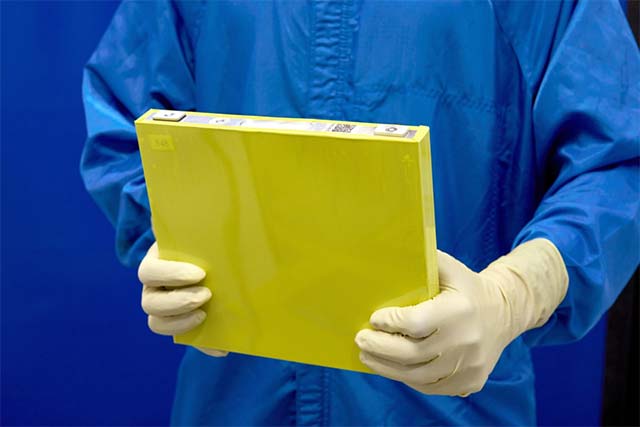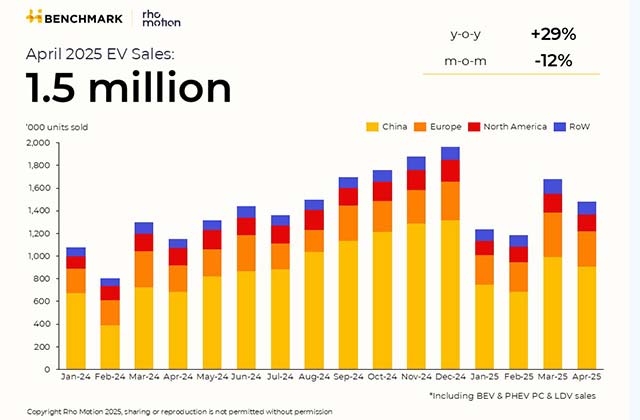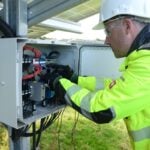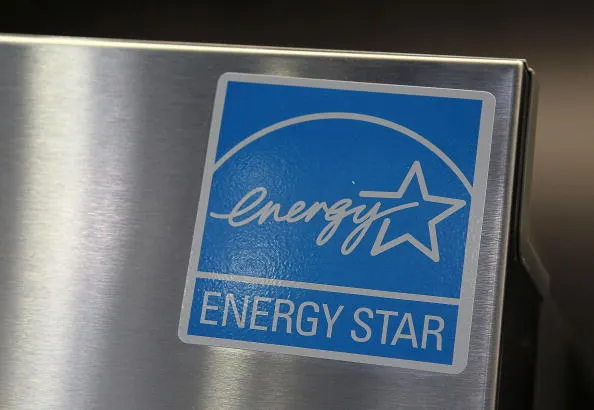Unique Na5−xSbSe Phase Enables High‐Rate Performance of Sb2Se3 Anodes in Na‐Ion Batteries
Advanced Energy Materials, EarlyView.

The (de)sodiation mechanism of Sb2Se3 is revealed through advanced operando techniques and ab initio simulations and underscores the value of complementary methods in exploring battery mechanisms. A new Na5−
x
SbSe phase is identified as the final sodiation product of Sb2Se3 anodes in Na-ion batteries (NIBs), which enables the remarkably high-rate properties of Sb2Se3.
Abstract
Na-ion batteries (NIBs) need new anode materials to improve energy density. Metal chalcogenides, such as Sb2Se3, represent a promising alternative to commonly used hard carbon materials, demonstrating high-rate performance up to 5 A g−1 with minimal capacity losses. However, Sb2Se3 is believed to operate under the conversion/alloying mechanism, typically linked with large structural transformations and volumetric changes—quite contrary to its performance. Herein, by combining multiple operando techniques and atomistic simulations, a new fully sodiated phase, Na5− x SbSe, is unambiguously revealed as the origin of the high-rate performance of Sb2Se3. Na5− x SbSe is stable within 0.01–0.80 V versus Na/Na+ and crystallizes in I4/mmm. The remarkable structural flexibility of Na5SbSe to changes in Na-content allows the anode to be (de)sodiated with minimal volumetric changes (≈3.4%). This unique “breathing effect” is intimately linked to high inherent vacancy concentration, disordered, and structurally flexible anion sublattice, providing a stable framework for fast Na diffusion, contributing to the fast-charging properties of Sb2Se3. The study showcases the power of operando methods for discovering new phases that are hidden in the mechanistic paths of well-studied reactions and underlines the intertwined nature of various characterization methods assisted by atomistic insights for a comprehensive understanding of complex (de)sodiation mechanisms.
















































































































































